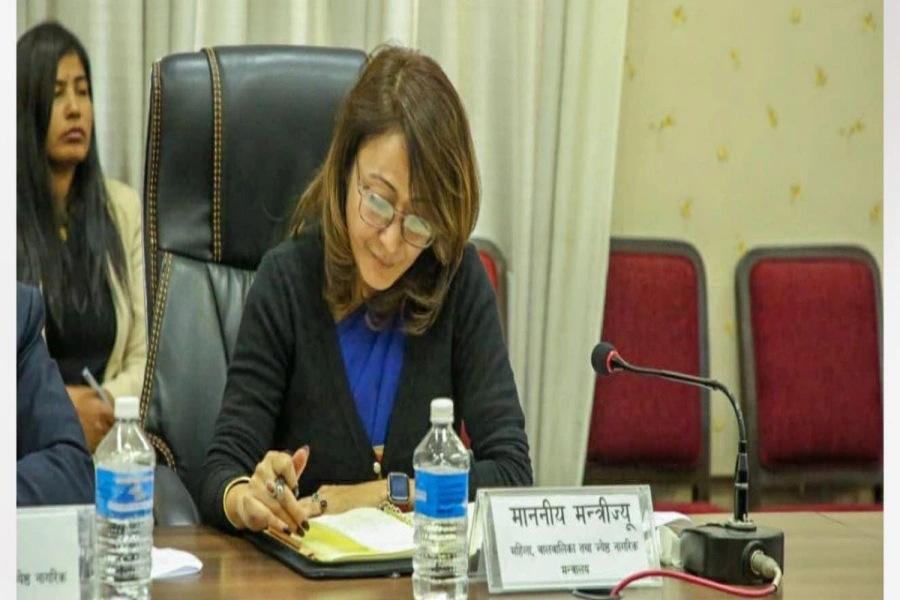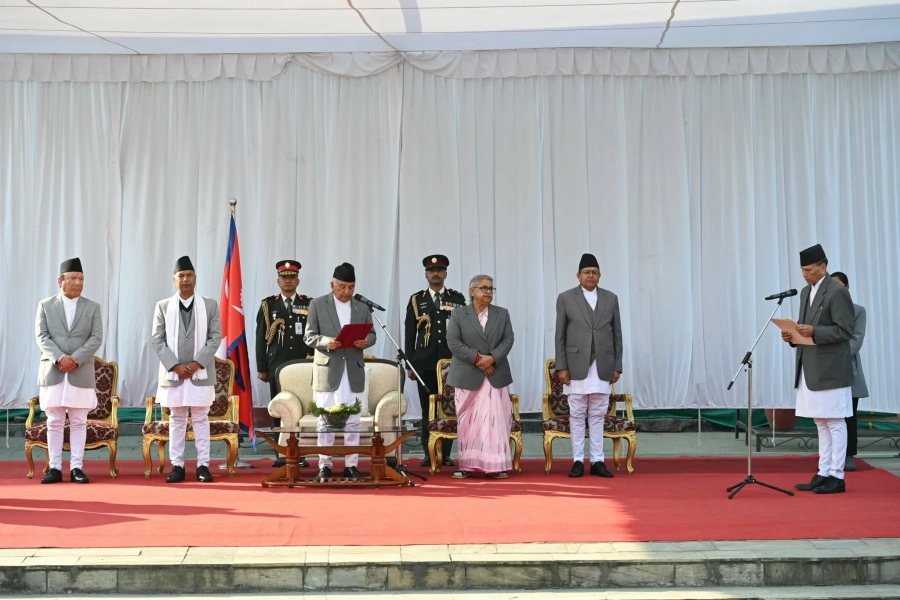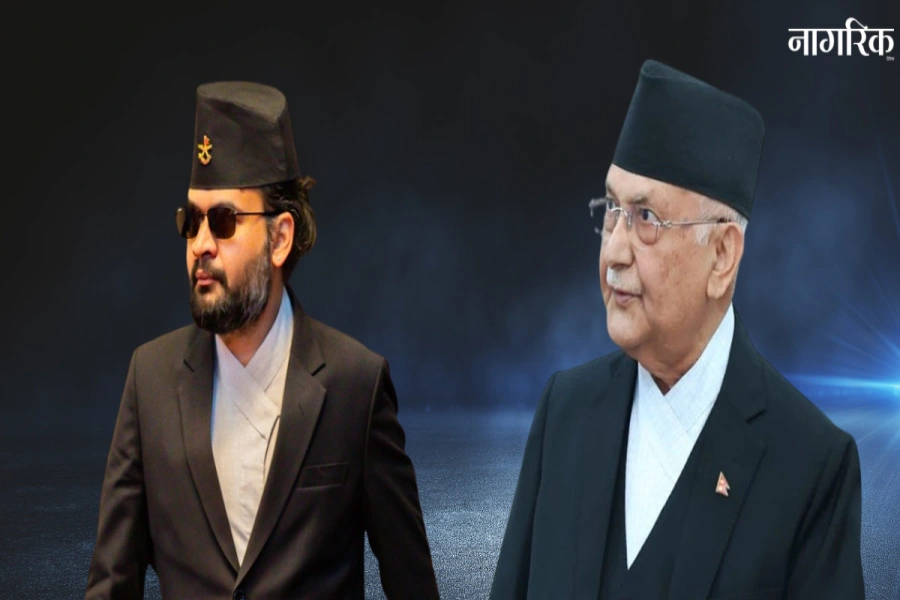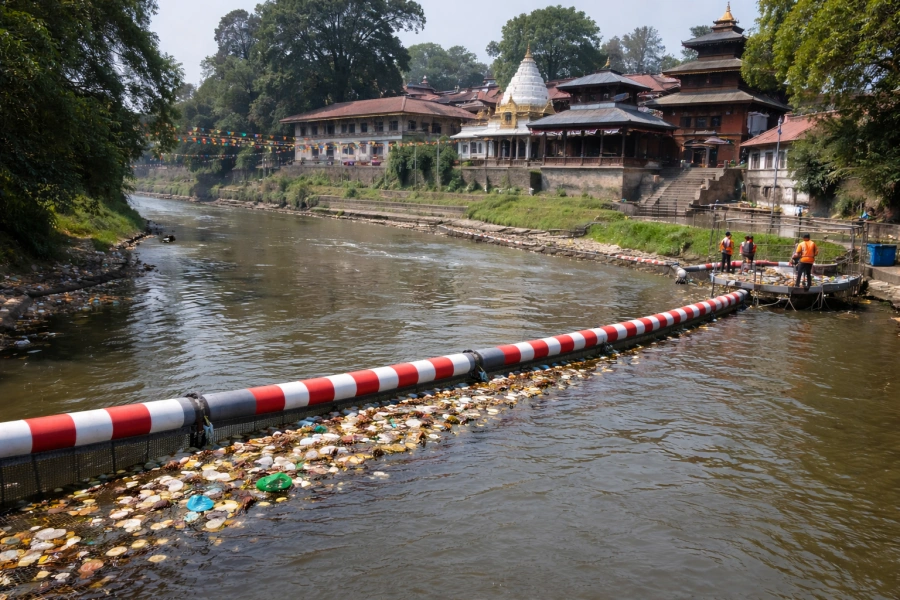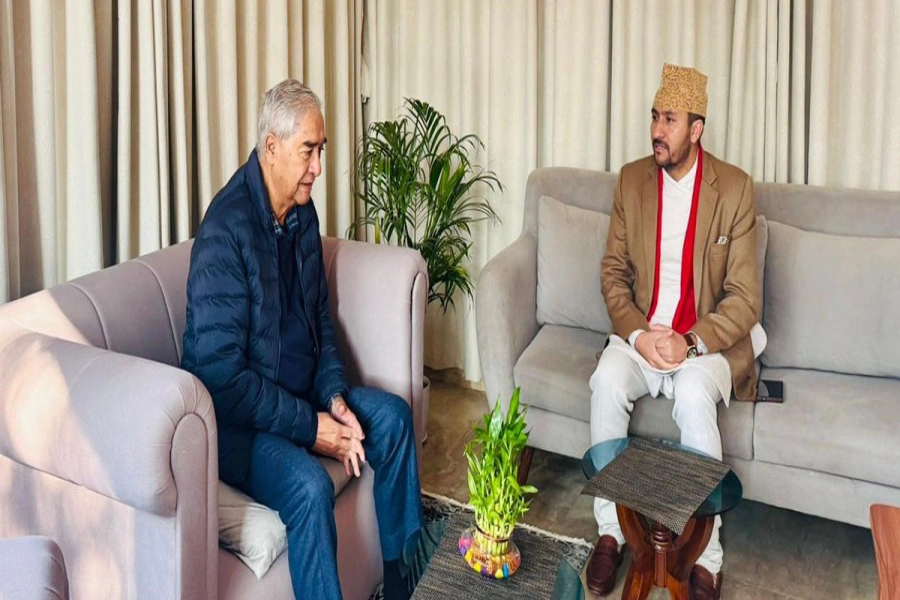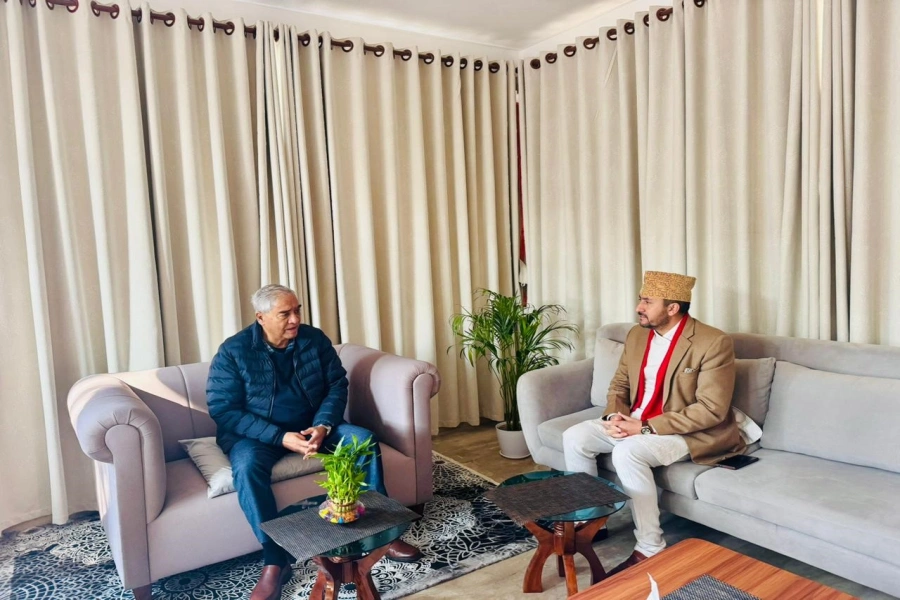Most inclusive schools in Nepal do not have enough teaching-learning materials for students with disability
Inclusive education becomes real when children with and without disabilities share and learn mutually in the same school. Study shows that when a child with disabilities attends classes next to peers who do not have disabilities, good results follow. At the core of inclusive education lies the idea of making our schools a place where all children can contribute. And this includes teachers learning to teach in various ways and getting children involved in the process.
Significantly, inclusive education reflects anticipation that we want all of our children to be cherished and acknowledged throughout their lives.
Disability is a physical, mental, cognitive, or developmental condition that impairs, interferes with, or limits a person’s ability to engage in certain tasks or actions or participate in daily activities and interactions. According to the Nepal Census 2011, nearly two percent (1.94 percent) of the total population have “some kind of disability.” They have hard times having access to education.
Interaction must for enhancing distance and classroom learning

There are many challenges to implementing inclusive education. I discuss three main challenges—insufficient teaching learning material, poor teacher training and ineffective plans and policies—in this article.
Most inclusive schools in Nepal do not have enough teaching-learning materials for students with disability. These children don’t get books on time and when they get they are not sufficient. Furniture, classrooms, toilet, playground and play materials are also not disable-friendly. They stand as barriers to learning for children. Insufficient teaching learning materials will discourage the children to learn and they will get limited knowledge. Parents of children with disability will be more dissatisfied and they look to change the school or blame the children themselves for the poor performance.
Poor teacher training is another factor. There should be a well-trained teacher for teaching but in Nepal many teachers do not have adequate training to teach children with and without disability in a same class. Consequently, children with diverse learning abilities may have problem in learning. In addition, these children will have a poor result in the examination because of which they might quit study. Thus not only resource teachers, subject teachers should also be provided training to teach children with disability. Additionally, school administration, school management committee and care takers should also facilitate teaching learning activities and they should also be trained.
The good plans and policies introduced by the government are not being properly implemented. Government has been promising in national and international forums to implement inclusive education but it has not taken necessary actions for the same. Article 24 of the United Nations Convention on the Rights of Persons with Disabilities, which has been ratified by Nepal in 2009, states: “States parties recognize the right of persons with disabilities to education. With a view to realizing this right without discrimination and on the basis of equal opportunity, states parties shall ensure an inclusive education system at all levels . . .’’ It further states that “states parties should ensure that persons with disabilities are not excluded from the general education system on the basis of disability, and that children with disabilities are not excluded from free and compulsory primary education, or from secondary education on the basis of disability.’’
But this does not reflect on the ground in case of Nepal.
Parents of children with disability hesitate to enroll their children in schools as many of them don’t know that children with disability can learn and are capable of contributing to the society.
In Nepal, inclusive education has been discussed only as a philosophy rather than an idea to practice on the ground. Since the mid-60s, we have been trying to apply inclusive education, but we have not been able to achieve much.
Negative social attitude towards disability, lack of adequate cooperation and collaboration among the stakeholders are additional barriers to successfully implementing inclusive education in Nepal. They need to be overcome.
The author, a visually impaired person, is pursuing Master’s degree in Special
Education from Tribhuvan University
biplobacharya3@gmail.com



